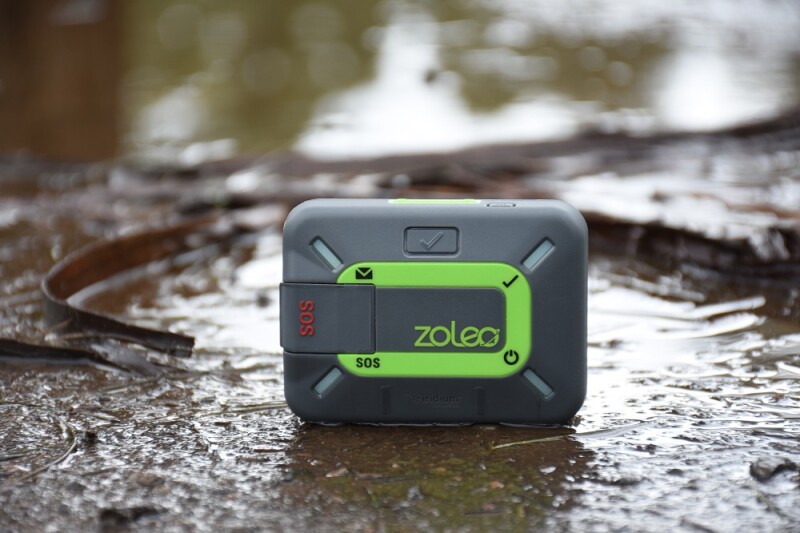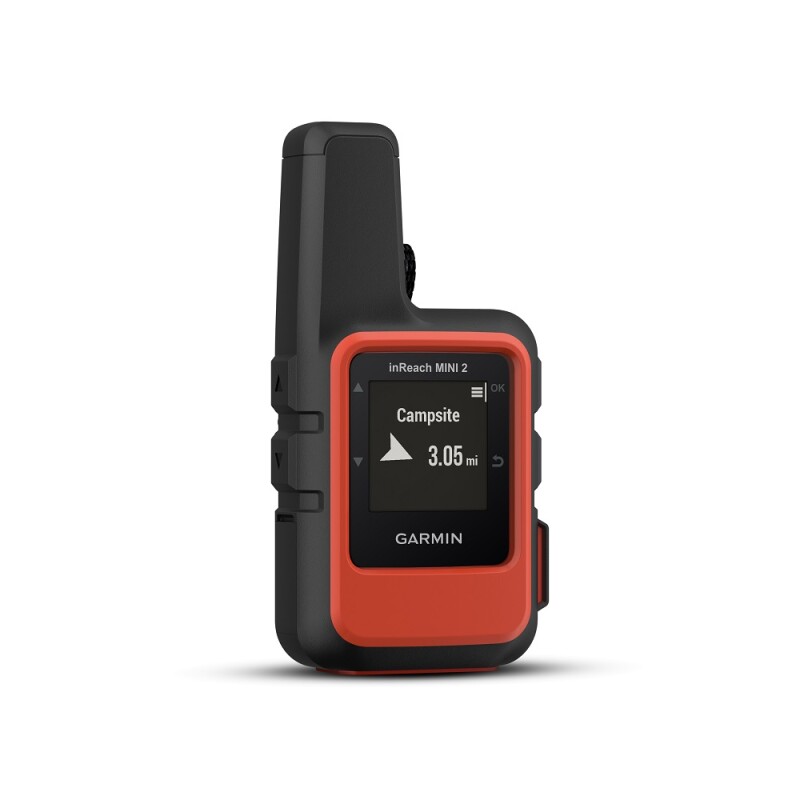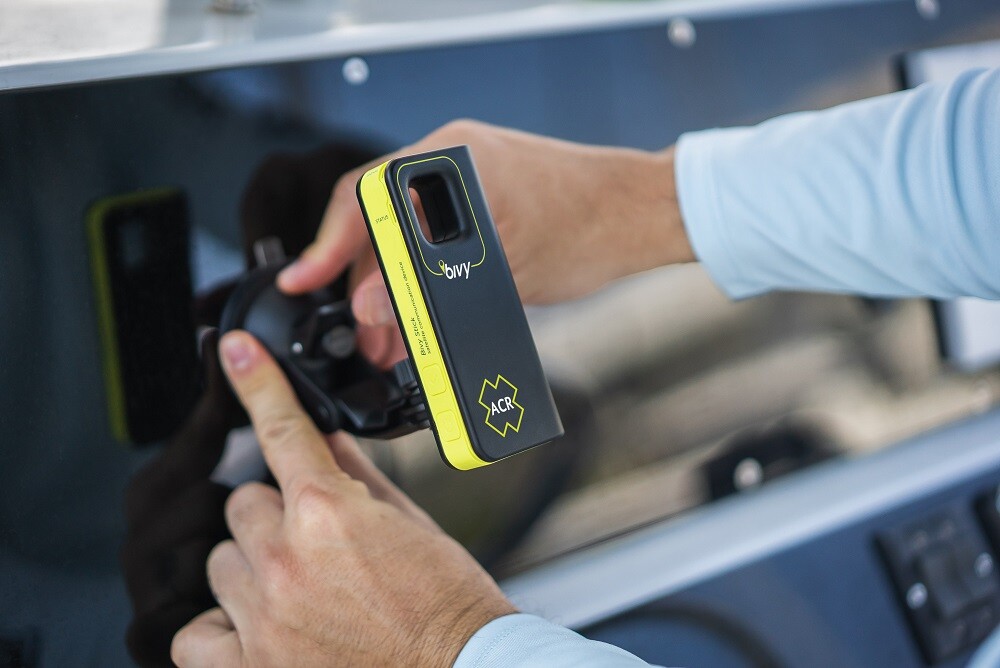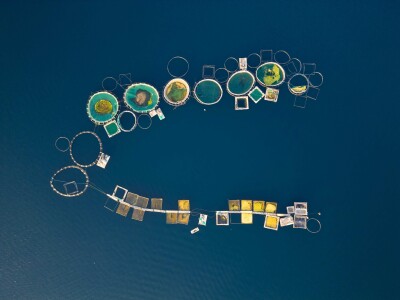In the days when this writer’s grandfather crossed the Atlantic transporting troops to the Great War in 1918, he navigated by sextant and communication between vessels was in Morse code, semaphore and lantern. What a difference a century makes. In today’s connected world, communication is global, instantaneous and can deliver vital information that gives fishermen an edge in the competition for fish.
While many fisheries in the U.S. are prosecuted within cellphone or VHF range, in places like Alaska and in distant water highly migratory species fisheries satellite communication provides fishermen the connectivity they have come to regard as essential.
On the most basic level, handheld short-burst-data – SBD – devices like the Garmin InReach and Mini, the Zoleo Satellite Communicator, and the new ACR Bivy gives fishermen email, text, gps and weather info and offer emergency beacons for safety.
“The Iridium Go and the Globalstar Spot X are also being used,” says Ron Wright, director of commercial sales at OCENS, a U.S. satellite service company. The Iridium Go offers voice calling. “And a certain group like the Spot X because it has a keyboard, for example, and you have a device that’s almost as fast as texting,” says Wright.
Among other products and services, Ocens develops software for a number of the devices it sells. “OCENS provides advanced marine weather reports through a subscription to our SpotCast/WaveCast service,” says Wright. “It's compressed using abbreviations to provide not only high accuracy weather information but also wave and swell forecasts up to 72 hours into the future, and is available for ZOLEO, Bivy Stick and Garmin InReach users.”

The Zoleo Satellite Communicator, says Wright, is selling in the commercial fishing market. “I believe Trident put on Zoleos on a lot of their boats,” he says. While it’s no secret that Garmin has dominated this market, Wright notes that new developments in SBD technology are making other devices competitive. “These are very dynamic platforms,” says Wright. “I think Zoleo is still the leader in features, but the ACR Bivy Stick may surpass them by summer, because it provides an API that allows third party providers, like OCENS, to build advanced integrations.”
According to Rich Galasso, North American sales manager for ACR, the bare-bones Bivy Stick leaves the heavy lifting to an app that is downloaded into an iOS or Android device. “Everyone has a supercomputer in their pocket, right?” says Galasso. “We offer the smallest and lightest device,” he says. “It’s a modem, a GPS and antenna. All the bells and whistles are in the app, which is very user friendly, it uses modern logic.”
As Galasso tells it, Vance Cook, a mountaineer and entrepreneur, developed the Bivy Stick. “He brought it to us and we took one look at it and said, yes,” he says. The Bivy Stick is manufactured in the U.S., and provides users with a dedicated U.S. phone number. The app offers one touch access to email, text, weather, navigation and tracking, check-in, and SOS, and the buzz is there’s more coming.
Galasso notes that the Bivy Stick’s simplicity extends to the price. “The ACR Bivy sells for $199,” he says. “Half the price of the InReach, and we have the lowest-priced plans, with no fees.”
Ron Wright points out that Zoleo also provides users with a U.S. phone number for any text app and an email address associated to the device which is then connected to the account of whoever connects to it. “App-to-app you can send up to 950 characters, email to app you can send 200 characters, and SMS to app you can send 160 characters,” says Wright. He adds that many devices are built for one-to-one communication. “We’re hearing people asking for a device that can communicate to multiple devices at once. And our SnapTrack app lets you do that.” In addition, he adds, both the Bivy Stick and Zoleo will route your messages through cellular or wifi connections before jumping to a satellite.

The excitement at Garmin is around the InReach Mini 2. “We launched it in February,” says Rehan Nana, a senior sponsorship and PR person at Garmin. “The user interface is going to be different. It has widget glances, which is new, and allows you to scroll through features like weather and location and get top line information. Then if you want you can click in and get more information.”
The Mini 2 also acts as a modem for iOS and Android devices. Other new features include Trackback – so that you can retrace your course – as well as the ability to let others track you. Another big upgrade is the Mini 2’s extended battery life. “It will last two weeks if it’s sending every 10 minutes, a month if it sends location every 30 minutes,” says Nana.
As the technology develops, more SBD devices are able to perform navigation, communication and safety tasks, and more capacities are expected. These pocket-sized portals to vast information are a far cry from a measuring the angles of heavenly bodies to find one’s position, and signaling with flags or a flashing lantern.
This article first appeared in the Fall 2022 issue of National Fisherman.







